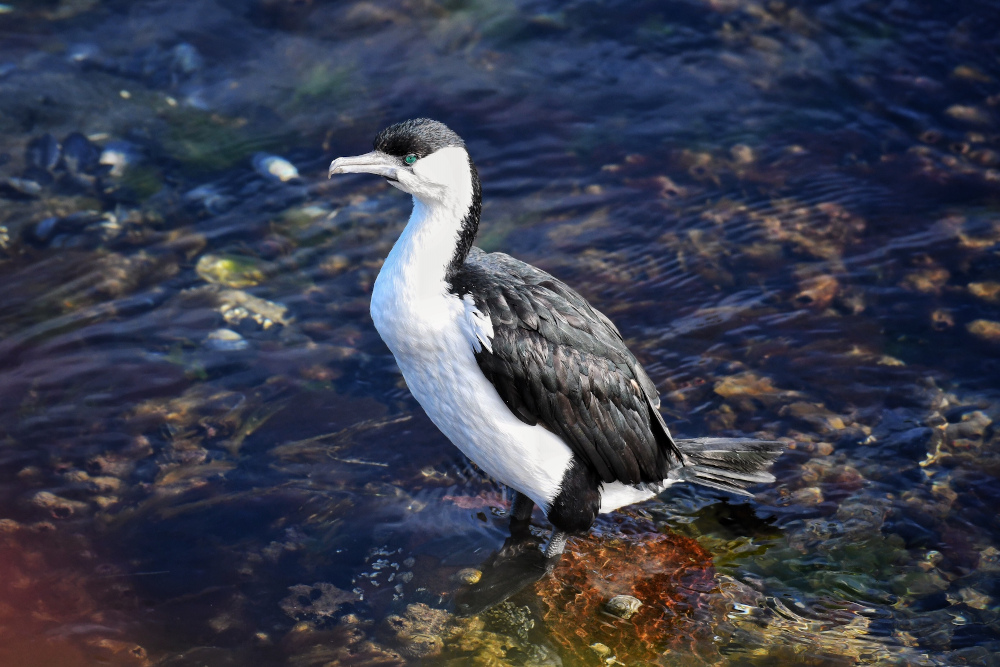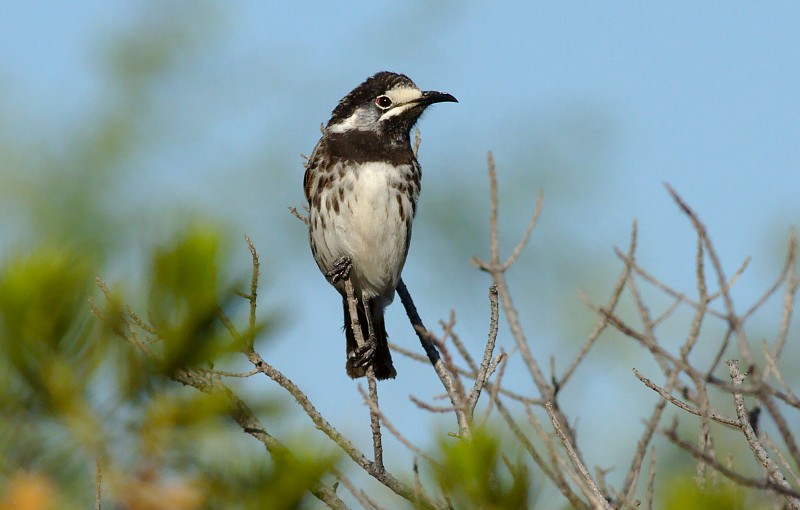Tom’s Birding Trips
-

South-East Tasmania September 2019
During the first week of September 2019 Murray and Charlie Scott and myself had ‘booked’ ourselves on two ‘double-header’ pelagic-trips from Eaglehawk Neck and decided to spend the rest of the week trying to track-down some of the unique Tasmanian fauna. After checking in to the Lufra Hotel (home of the ‘tassie’ pelagics?) we drove…
-

Arkaroola and the Flinders Ranges SA, Dec 2015
Recently I had some spare-time available and decided to ‘explore’ an area that I had previously not visited, looking through the available literature I realised that north-east South Australia had some bird-species that I had yet to encounter and would be fairly accessible in my new acquisition, a 4WD Nissan Xtrail. I decided that I…